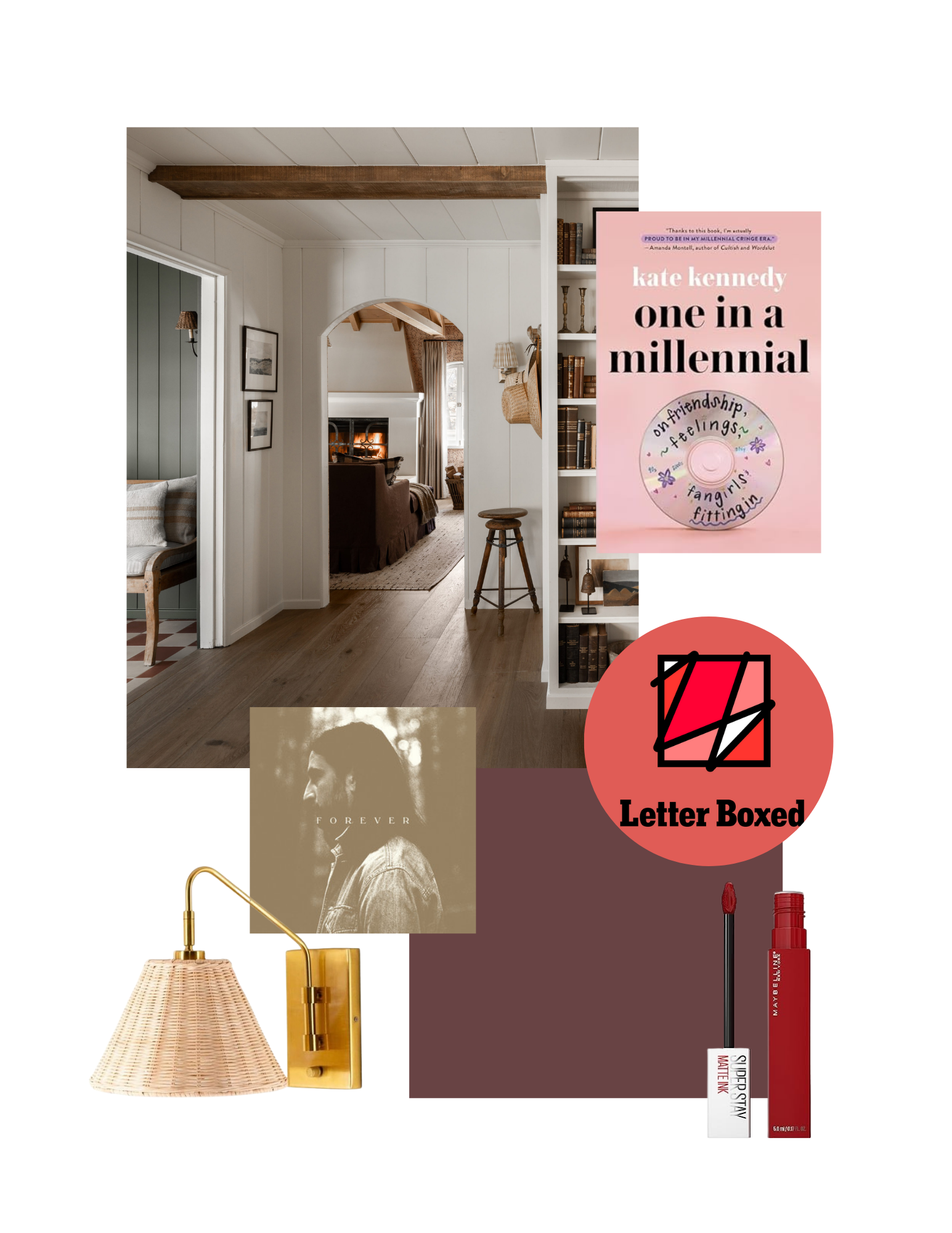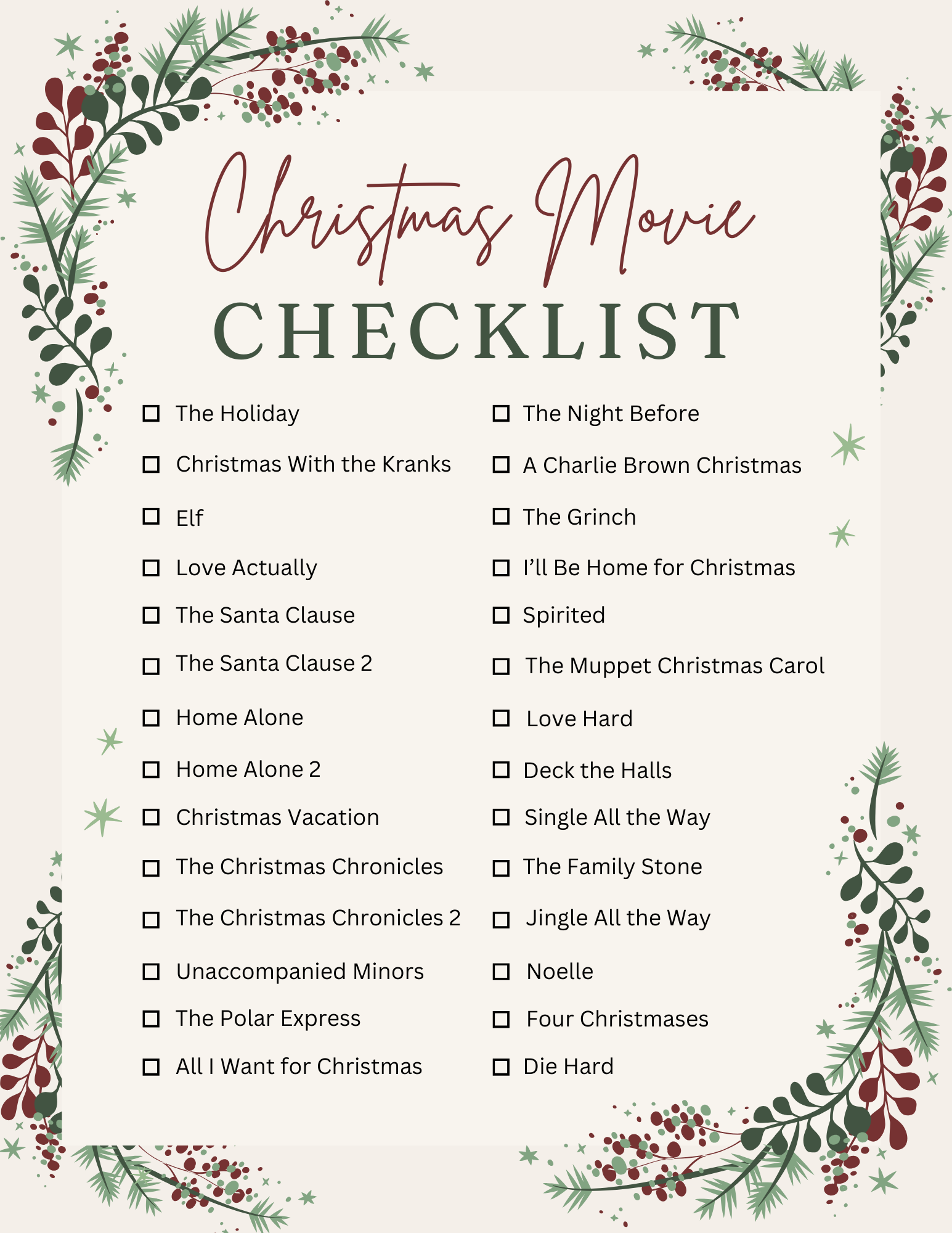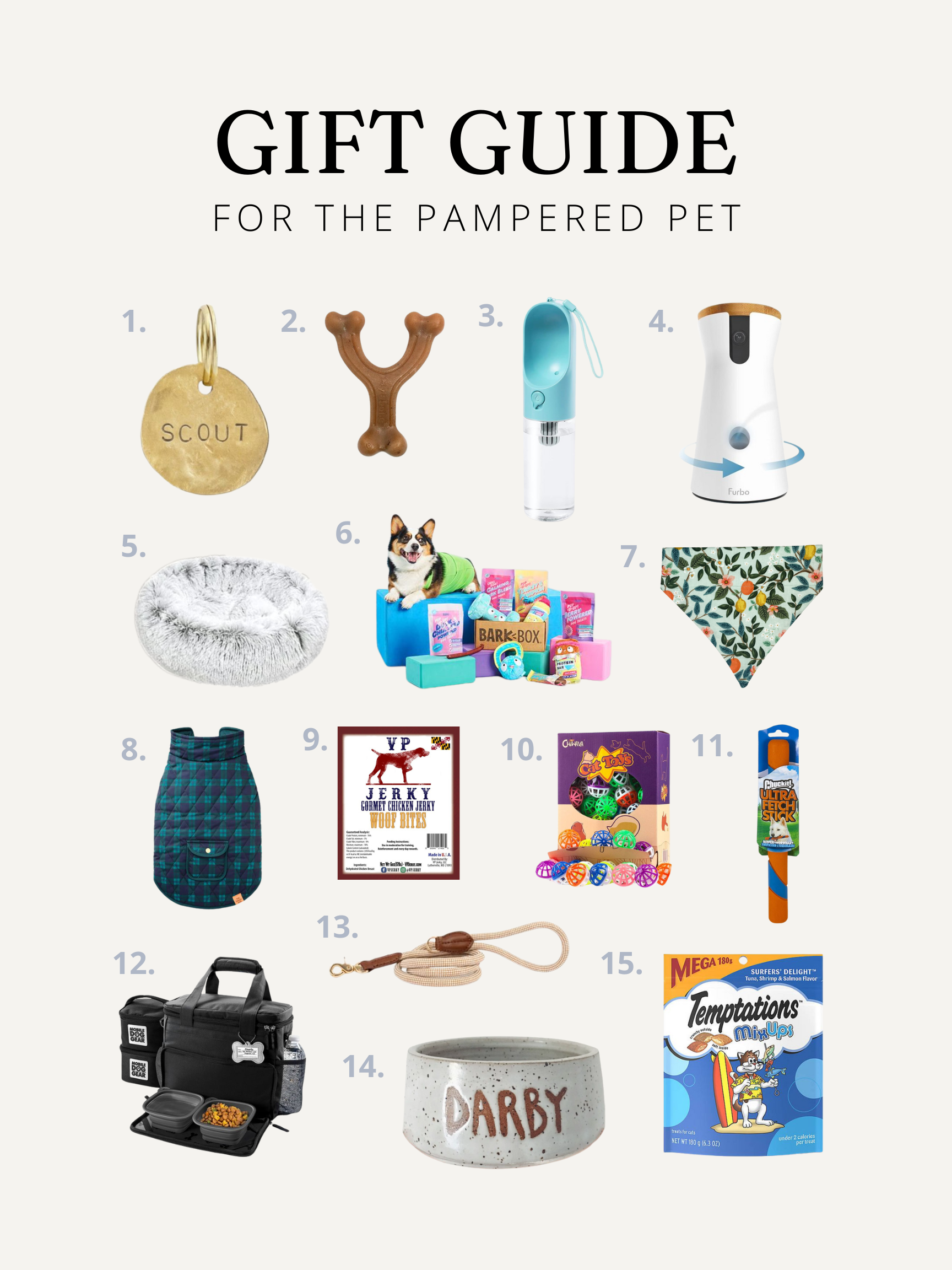There are very few things in life that give me greater joy than finding a great deal. So considering my obsession with interior design and decorating, it should come as no surprise that designing on a budget is one of my favorire things. I thought I’d use that as the starting point for a series I’m calling Designing on a Budget 101. Each post will focus on a different room or area of the home and how you can create a great design without breaking the bank. This post will focus on some of my best tips for designing on a budget as a whole. Read on to learn more about how you can make your home look amazing for less!
Create a budget and stick to it.
Creating a budget is an extremely important part of ensuring that you don’t break the bank when designing the spaces in your home. This step is especially critical if you’re designing a brand new space after moving! Everyone has a different budget, so I always recommend sitting down and thinking about how much you realistically feel comfortable spending on your home. When we moved into our condo, I allowed a $500 initial budget for new furniture (since our new place was bigger so we needed all new guest room furniture, etc.), then spaced out the rest of our bigger purchases. Just because you set an initial budget doesn’t mean that’s all the money you’ll ever spend on your home. But you need some sort of initial budget so you can be smart about spending and keep yourself from going crazy at Homegoods!
Space out bigger purchases.
By spacing out our bigger purchases after moving into our condo, Darian and I were able to make an intentional, well-thought out design plan for our new home while staying financially comfortable. As I mentioned above, after our initial $500 furniture budget, I spaced out the remainder of our larger purchases by allowing myself one large purchase per month. I’ll admit that it felt frustrating at times (we even lived without a kitchen table for the first month), but in the long run I was so glad that I spaced out the purchases so we were able to continue putting money into savings rather than blowing it all at once! This is also a great technique because it really forces you to think about your purchases and ensures that you’re only buying pieces that you really love and that function well in your home.
Utilize sites like Ebates & Honey.
I’ll have an entire post that dives into these resources at some point, but I did want to briefly mention Ebates and Honey here. Ebates scans every store website that you visit and offers cash-back on almost every website you can think of. Some stores like Target offer smaller amounts like 1%, but stores like The Container Store and Walmart offer 4%! It might not seem like a lot, but by utilizing Ebates for all of your online purchases, you can save a ton of money with virtually no effort. If you’re interested in trying out Ebates, use my promo code HERE to get $10 cashback after your first use! Honey is another great tool – when you’re online shopping and about to check out, Honey scans the page and automatically applies any available promo codes or discounts. Forget googling coupons for 10 minutes before you order (we’ve all been there) – Honey does the work for you!
Comparison-shop and do your research.
This mainly applies to bigger purchases – but I always recommend doing your research before making a purchase! You might think you know the best place to buy a rug, but chances are there are tons of more affordable options out there. Online-only websites like Wayfair, Overstock.com, and RugsUSA offer competitive prices and can often be much more affordable options than the usual bargain haunts. I also always encourage comparison shopping – I’ve often found the same exact product that Target carries for $20 selling for $15 on Amazon.
Think outside the box.
When it comes to shopping for your home on a budget, thinking outside the box can save you a bundle. Don’t think that you can only buy affordable decor at home decor-focused stores – I have several great pieces from craft stores like Michaels that I got for a fraction of what I would have spent at Target or Homegoods. On another note – don’t discount stores that are normally on the pricy side. Pier 1 is a great example of this – for someone like me who is on an extreme budget, their prices are a little above what I want to spend. However, they often have amazing sales, and I know many people who have found great deals! There are so many stores like this – you just have to keep an eye out for the sales!
Only buy items that you absolutely love.
This might sound self-explanatory, but I think it’s a really important thing to keep in mind when designing on a budget. If you’re in the store and you find yourself trying to decide whether or not to buy something, DO. NOT. BUY. IT. When Darian and I first moved in together, I had a bad habit of picking up random knick-knacks from thrift stores or Homegoods without a second thought just because they were so inexpensive. And I can tell you that now, three years later, none of those knick-knacks are still around. I’ve noticed that I waste so much less money since I started immediately putting something back on the shelf if I even begin to question whether I should buy it. It’s much better to wish you HAD bought something than to wish you HADN’T – at least if you wish you had bought it, you didn’t waste any money!
Cheaper isn’t always cheaper in the long run.
I know sounds contradictory since this entire post is about sticking to a budget, but cheaper isn’t always better! Don’t buy something just because it’s cheap. I can’t tell you how many times I’ve cheaped out and regretted it because I ended up deciding to buy something nicer six months later. When you’re making a purchase, think about whether it’s really what you’re looking for. Would you still want to buy it if it cost twice as much? Do you actually love it, or is it just a cheap replacement for the item you really want? If the answer to either of those questions is no, it’s probably not worth buying in the long run.
Give yourself a monthly design budget.
I can’t find the post to link, but Chris Loves Julia recently shared my favorite tip for designing on a budget – they talked about how even before they became successful, they allocated a monthly budget towards home improvements. I can’t recommend this enough! I started doing this a few months ago – I allot $50 to improving our condo each month. Now I’ll often go beyond this budget if finances allow, but I like setting aside that $50 because I have a hard time spending money, and it forces me to allow myself to buy nice things that will improve our living space. It’s also improved the functionality of our home immensely because I dedicate each monthly budget to a different area. This month it was dedicated to the kitchen – I spent it on some new labels for dry goods, containers to organize snacks, and fridge organizing baskets. Normally I would never spend money on something like that, but the monthly budget made me feel better about spending the money and now our kitchen functionality has improved immensely! I think you’ll find that by giving yourself a monthly design budget, you can still be smart about money while making your home a more beautiful and functional space!
If you’re looking to design (or redesign) your home on a budget, I hope these tips helped! Did I miss any of your favorite tips? Let me know in the comments!





I had NO idea that Ebates or Honey were a thing — this is so helpful!
So, once you set your initial $500 budget and then spaced out larger purchases to one per month, what was your budget thereafter for each month’s “large purchase”? I know you said you are now at $50/month for a general home improvement budget (also smart!) but I wasn’t sure if there was a number between $50 and $500 that you landed on for those first few large purchases!